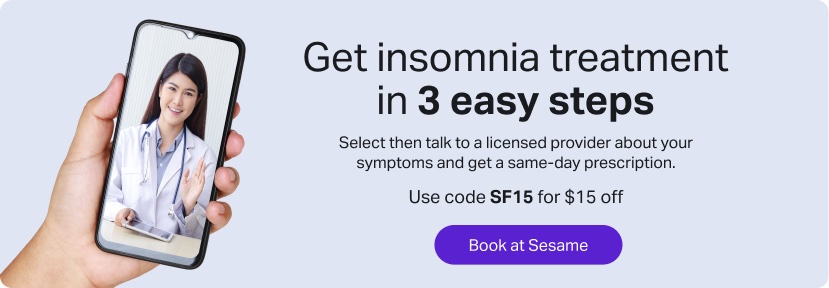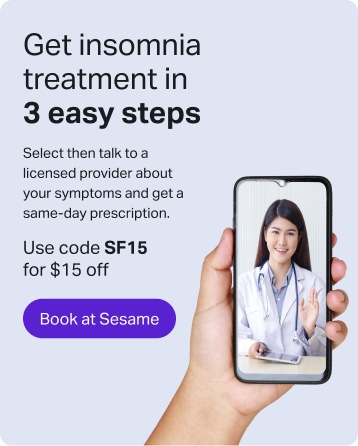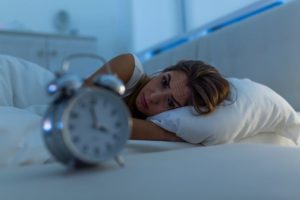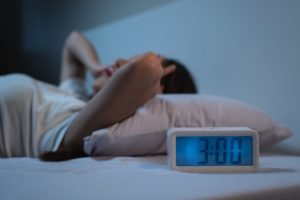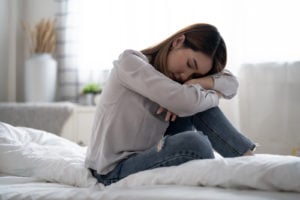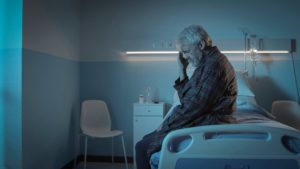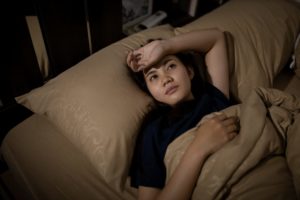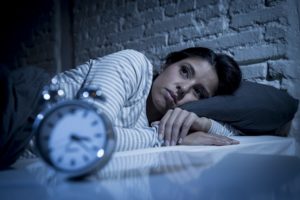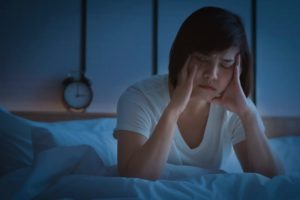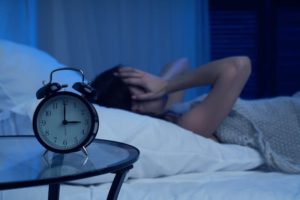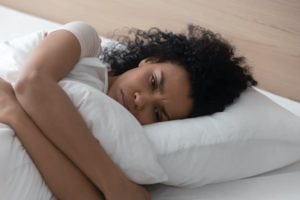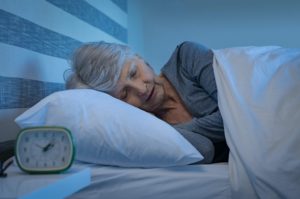Sleep Restriction Therapy: Everything You Need to Know
Many individuals with chronic insomnia have a tendency to stay in bed for long periods of time following a night of poor sleep. This, in turn, makes it difficult to fall asleep at an appropriate bedtime or sleep through the night. A treatment called sleep restriction therapy (SRT) aims to disrupt this cycle and to restore healthy sleep patterns in people with chronic insomnia.
How Sleep Restriction Therapy Works
Sleep restriction therapy is a multistep, multi-week process that initially restricts the amount of time a person spends in bed overnight and then gradually increases that time. The goals of SRT are to increase sleep efficiency— the ratio of time spent asleep to time spent in bed—and to ensure that the person gets the amount of sleep they need. People who participate in SRT must keep a sleep journal and strictly adhere to sleep schedules that are part of the therapy.
While SRT can be used as an insomnia treatment on its own, it is often a component of cognitive behavioral therapy for insomnia (CBT-I), which uses a combination of approaches to address the behaviors and thought patterns that lead to chronically disrupted sleep.
Is Sleep Restriction Effective?
Sleep restriction therapy can improve sleep for people with chronic insomnia, whether it is used on its own or as part of CBT-I. In particular, it appears to decrease the amount of time it takes to fall asleep, increase the amount of time spent sleeping before waking in the night, and improve sleep efficiency.
Researchers hypothesize that a couple of mechanisms contribute to the efficacy of SRT.
- Increased sleep drive: When a person doesn’t get as much sleep as they need, which is usually the case when someone starts SRT, their sleep drive—that is, their body’s natural desire to sleep—intensifies. This makes it easier to fall asleep and decreases the likelihood of night awakenings.
- Consistent sleep schedule: During SRT, individuals must commit to regular sleep schedules. They go to bed and get up at the same time every day, with only minor variations as they systematically increase the amount of time spent in bed. Adhering to a regular sleep schedule is associated with better sleep quality and sleep efficiency.

Potential Risks of Sleep Restriction Therapy
Sleep restriction therapy is widely prescribed to people with chronic insomnia and generally considered safe, but because it may cause sleepiness, it may not be appropriate for everyone. For example, SRT is not recommended for people in certain occupations—such transportation, construction, and healthcare—as they might put themselves or others in peril if they attempt to work while sleep deprived.
Additionally, sleep experts generally do not prescribe sleep restriction therapy to individuals with:
- Major illness or recent surgery
- Untreated sleep apnea
- Seizure disorders that are not under control
- Untreated bipolar disorder
Regardless of your occupational, medical, or mental health status, it is a good idea to talk to your doctor before beginning sleep restriction therapy.
Sleep Restriction Plan: Step By Step
While sleep restriction therapy is tailored to address individual problems and meet individual needs, it follows the same four-step process regardless of who uses it.
Step 1
Use a sleep diary to record total sleep time (TST) and time in bed (TIB) every day for one to two weeks. Then, calculate sleep efficiency by dividing average TST by average TIB and multiplying it by 100. For example, if you sleep an average of 6.5 hours per night but stay in bed for an average of 9 hours per night, your sleep efficiency is 72%. If your sleep efficiency is below 85%, proceed to the next step.
Step 2
Set a bedtime and wake-up time that keeps you in bed for the average total sleep time calculated in step 1. For example, if you sleep an average of 6.5 hours per night, you might set your bedtime at 11:30 p.m. and wake time at 6 a.m. If you sleep less than six hours on average, plan to stay in bed for six hours instead.
For the next week, strictly adhere to this sleep schedule. Get out of bed when your alarm goes off, and do not nap during the day. Maintain your sleep diary during this time.
Step 3
Use your sleep diary to calculate average TST, average TIB, and sleep efficiency for the last week. Your results will determine your next step:
- Sleep efficiency < 85%: If your sleep efficiency falls in this range and you don’t feel sleepy, adjust your bedtime or wake time to allow you 15 fewer minutes in bed. For example, you might go to bed at 11:45 p.m. instead of 11:30 p.m. and continue rising at 6 a.m.
- Sleep efficiency 85% – 90%: If your sleep efficiency falls in this range, maintain your sleep schedule.
- Sleep efficiency > 90%: If your sleep efficiency falls in this range and you don’t feel that you’ve gotten enough sleep, adjust your sleep schedule to allow yourself 15 additional minutes in bed. For example, you might go to bed at 11:15 p.m. instead of 11:30 p.m. and continue rising at 6 a.m.
Strictly adhere to this sleep schedule and maintain your sleep diary for the next week.
Step 4
Repeat step 3 until you consistently feel well rested throughout the day and are satisfied with your sleep quality.

Still have questions? Ask our community!
Join our Sleep Care Community — a trusted hub of sleep health professionals, product specialists, and people just like you. Whether you need expert sleep advice for your insomnia or you’re searching for the perfect mattress, we’ve got you covered. Get personalized guidance from the experts who know sleep best.
References
3 Sources
-
Martin, J. (2023, October). Cognitive behavioral therapy for insomnia in adults. In R. Benca & A. Eichler (Ed.). UpToDate., Retrieved October 3, 2023 from
https://www.uptodate.com/contents/cognitive-behavioral-therapy-for-insomnia-in-adults -
Miller, C. B., Espie, C. A., Epstein, D. R., Friedman, L., Morin, C. M., Pigeon, W. R., Spielman, A. J., & Kyle, S. D. (2014). The evidence base of sleep restriction therapy for treating insomnia disorder. Sleep medicine reviews, 18(5), 415–424.
https://pubmed.ncbi.nlm.nih.gov/24629826/ -
Maurer, L. F., Espie, C. A., Omlin, X., Reid, M. J., Sharman, R., Gavriloff, D., Emsley, R., & Kyle, S. D. (2020). Isolating the role of time in bed restriction in the treatment of insomnia: a randomized, controlled, dismantling trial comparing sleep restriction therapy with time in bed regularization. Sleep, 43(11), zsaa096.
https://pubmed.ncbi.nlm.nih.gov/32421814/


